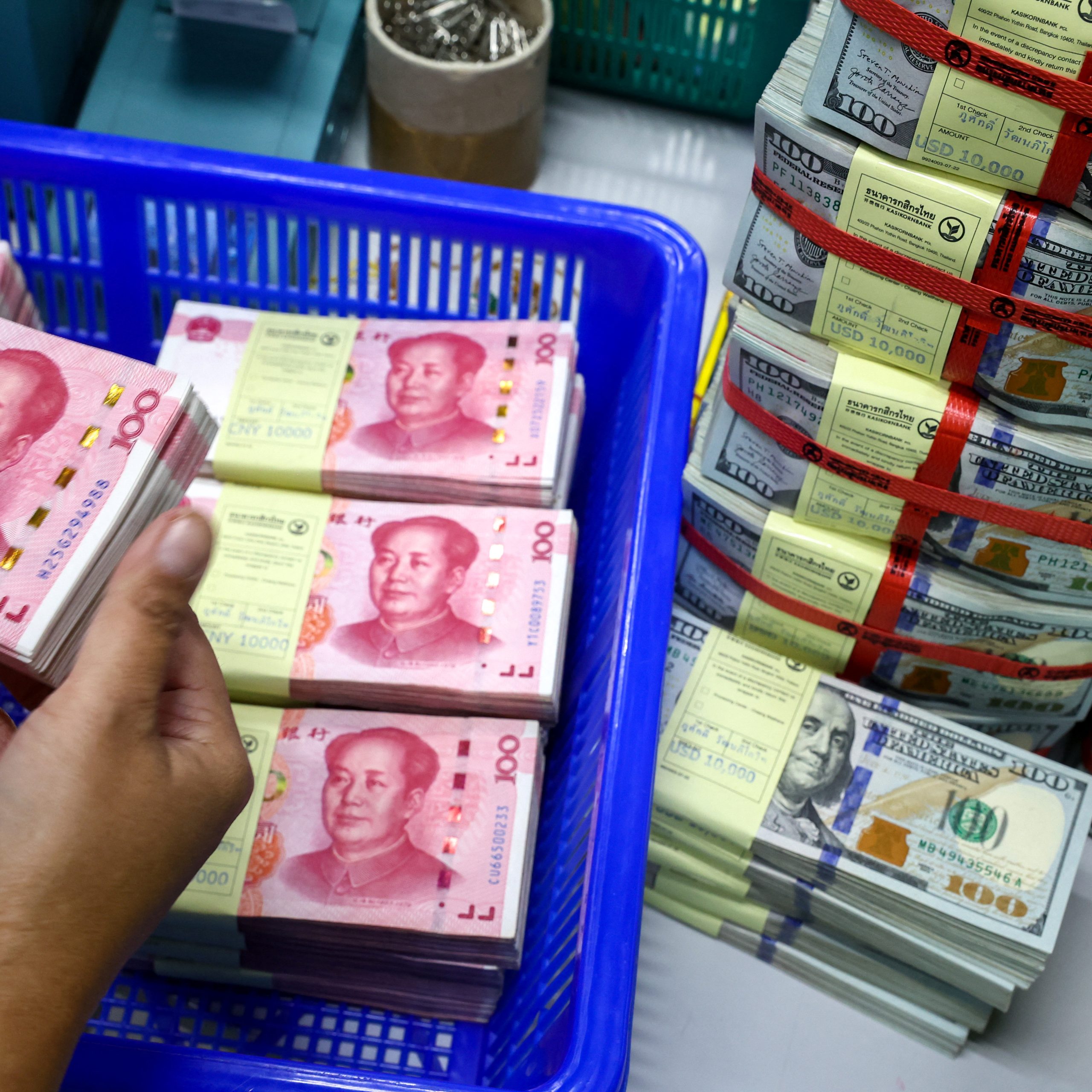The financial tables have turned with the Chinese yuan now leading over the US dollar in trading figures out of Russia, a significant shift in the global currency scene. This change comes hot on the heels of de-dollarization efforts by BRICS countries, and it highlights a growing rift from traditional economic dependences.
The yuan now claims more than 42% of total currency exchanges in Russia, overtaking the US dollar, which has fallen to a 39.5% share. The actual trading volume of the yuan has skyrocketed to an impressive $385 billion this year alone.
The Rise of Yuan in Global Trade
With the backdrop of the BRICS nations pushing forward their agenda to diversify economic interactions away from the US dollar, the impact is visibly significant. This economic shift affects how the global market views the US dollar’s longstanding dominance as the preferred reserve currency.
The Moscow Exchange has recorded these shifting trends, with yuan transactions soaring to 34.15 trillion rubles (about $391.5 billion) in 2023, a dramatic increase from the previous year. On the contrary, the dollar’s presence in Moscow’s exchange dipped significantly, dropping from a 63% dominance in previous years to just below 40% this year.
As Moscow leans more towards Beijing, amid escalating Western sanctions, this change has seen an increase in Sino-Russian trade, which touched a new peak at $240 billion in 2023, marking a 26.3% increase from the previous year. This surge comes as Russia boosts its import of Chinese goods, ranging from vehicles to smartphones, filling the gap left by departing European and American brands.
Yuan Stability Amid Global Fluctuations
Even as the dollar experiences fluctuations influenced by U.S. economic policies and global market reactions, China has maintained a relatively stable yuan, an approach aimed at avoiding volatility in its financial markets which can adversely affect local stocks and bonds.
The People’s Bank of China has consistently set the yuan’s daily reference rate at levels that prevent drastic fluctuations, recently fixing it at 7.0968 per dollar. This is part of a broader strategy to manage the yuan’s value carefully within a permissible trading range of 2%.
The contrast in the two giant economies’ currencies is evident not only in trade figures but also in the broader strategic maneuvers in currency management. While the yuan’s value is carefully curated by Chinese policymakers to foster stability and predictability, the US dollar’s value swings with market sentiments and economic indicators such as inflation rates and Federal Reserve policies.
In recent times, the yuan’s stability has become a cornerstone for regional economic confidence, providing a bulwark against potential capital outflows that can destabilize the broader financial markets. This has been particularly critical as the yuan faced pressures that could have tipped it towards undesirable volatility.





